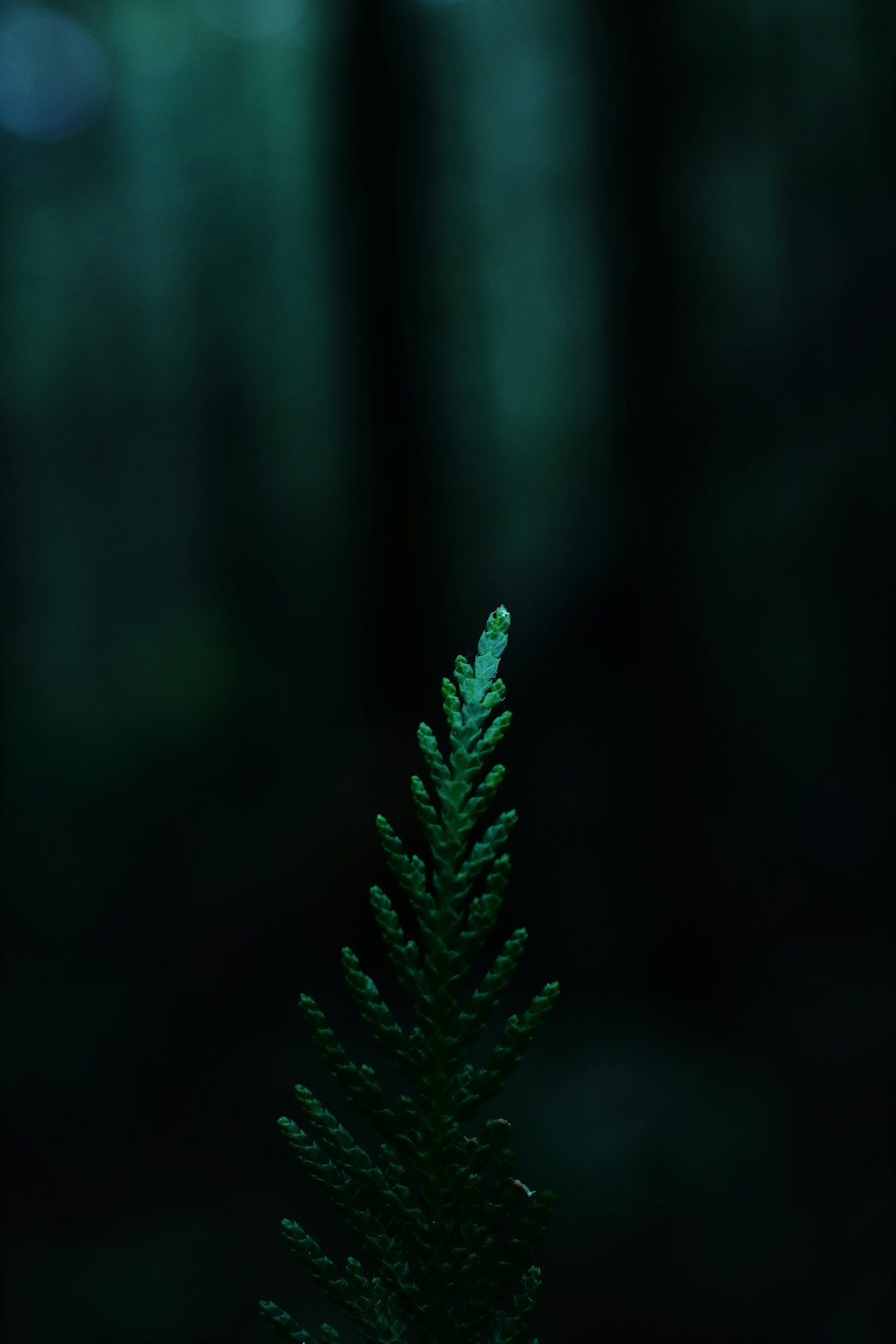Grandmother
An Essay by Heather Durham

I don’t remember the first time I met Western redcedar. It must have been sometime around the turn of the millennium when I first moved west to Oregon. Fresh from graduate school in environmental biology, I was awed and inspired by Pacific Northwest forests and the colossal conifers in particular for their stark contrast with the more humble, diminutive leafy green trees of my northeastern upbringing. Whether I first distinguished redcedar in a field guide or in the naturalist training program I joined to help me get my bearings (and ideally, a job), I would have first learned the facts.
That the correct common name is in fact redcedar, not red cedar, because Thuja plicata and its American cousins are not true cedars like the long-needled cedars of the old world, but instead confusingly named members of the cypress family of scaly-needled conifers.
I would have learned that the range of the western redcedar spans what I would later come to think of as my own …
Keep reading with a 7-day free trial
Subscribe to Wayfarer Magazine to keep reading this post and get 7 days of free access to the full post archives.

